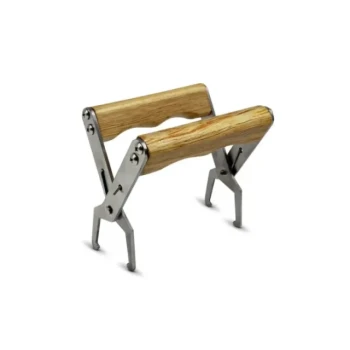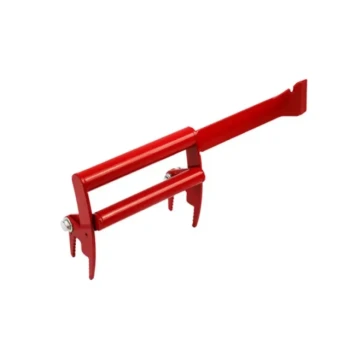Key Takeaways:
- Proper maintenance prevents wood warping and wire slack, saving replacement costs
- Non-damaging tools and tension-restoration techniques preserve structural integrity
- Seasonal care routines adapt to climate-specific challenges
Why Proper Wired Frame Maintenance Matters
Beekeepers often underestimate how quickly neglected frames degrade. Research shows well-maintained wired frames last 3-5 years longer than those receiving sporadic care.
The Risks of Neglect: Wood Warping and Wire Slack
- Warped wood disrupts hive geometry, causing uneven honeycomb formation
- Loose wires fail to support foundation sheets, increasing mid-season repairs
- Moisture absorption in untreated wood accelerates metal corrosion
Cost Savings: Extending Hive Equipment Lifespan
A single rehabilitated frame saves 20-30% of replacement costs. For commercial apiaries managing hundreds of hives, this translates to thousands in annual savings.
Have you considered how frame degradation might be silently reducing your honey yields?
Step-by-Step Cleaning and Rehabilitation Process
Preparing Tools: Non-Damaging Comb Removal Instruments
- Plastic hive tools – Prevent wood gouging vs. metal scrapers
- Steam cleaners – Loosen propolis without abrasive scrubbing
- Rotating bristle brushes – Remove debris from wire grooves
Choosing Cleaning Agents: Alternatives to Soaking
- Vinegar solutions (1:4 ratio with water) dissolve wax residues
- Food-grade citric acid tackles mineral deposits
- Avoid bleach – it weakens wood fibers over time
Restoring Wire Tension: Techniques for Long-Term Stability
-
Bottom-bar clamping method (per HONESTBEE reference):
- Use a ratchet strap to pull the bottom bar downward
- This forces side bars inward, creating natural wire tension
- Produces an audible "ping" when properly tightened
- Seasonal re-tensioning – Check wires during spring hive inspections
Pro Tip: Mark tension-adjusted frames with colored pins for easy tracking.
Common Mistakes and Proactive Maintenance
Avoiding Hidden Damage: Overlooked Stress Points
- Corner joints – Reinforce with waterproof wood glue annually
- Wire anchor points – Inspect for wood splintering during cleaning
- Foundation grooves – Clear built-up wax to prevent frame bowing
Seasonal Care Routines for Different Climates
| Climate | Priority | HONESTBEE Solution |
|---|---|---|
| Humid | Mold prevention | Cedarwood oil treatments |
| Arid | Wood shrinkage control | Late-summer rehydration soaks |
| Cold | Ice expansion protection | Double-layered wire insulation |
Ready to Transform Your Frame Maintenance?
HONESTBEE’s beekeeping equipment wholesale kits include climate-appropriate cleaning tools and tensioning aids—helping commercial apiaries reduce equipment turnover by up to 40%. Explore our bulk solutions designed for high-volume rehabilitation workflows.
Final Thought: Like the bees they house, well-maintained frames operate as a silent, perfectly tuned system—each wire and groove quietly sustaining your hive’s productivity.
Visual Guide

Related Products
- HONESTBEE Wired and Assembled Wooden Bee Frames Foundation for a Thriving Hive
- Professional Bee Frame Wiring Tool with Integrated Tensioning System by HONESTBEE
- Assembled Wooden Bee Frames with Beeswax Foundation Ready to Use by HONESTBEE
- Heavy-Duty Stainless Steel Clip-On Frame Perch
- Durable Rubberized Comfort Handle Frame Grip
Related Articles
- Wooden vs. Plastic Bee Hive Frames: Balancing Sustainability and Practicality
- How to Transition Hive Frames Safely Without Disrupting Colony Health
- Assembled vs. Unassembled Frames: A Beekeeper’s Time-Value Analysis
- The Beekeeper's Dilemma: Choosing Between Wooden Frame Ideals and Plastic Frame Efficiency
- How Frame and Comb Selection Transforms Hive Health and Honey Production




















